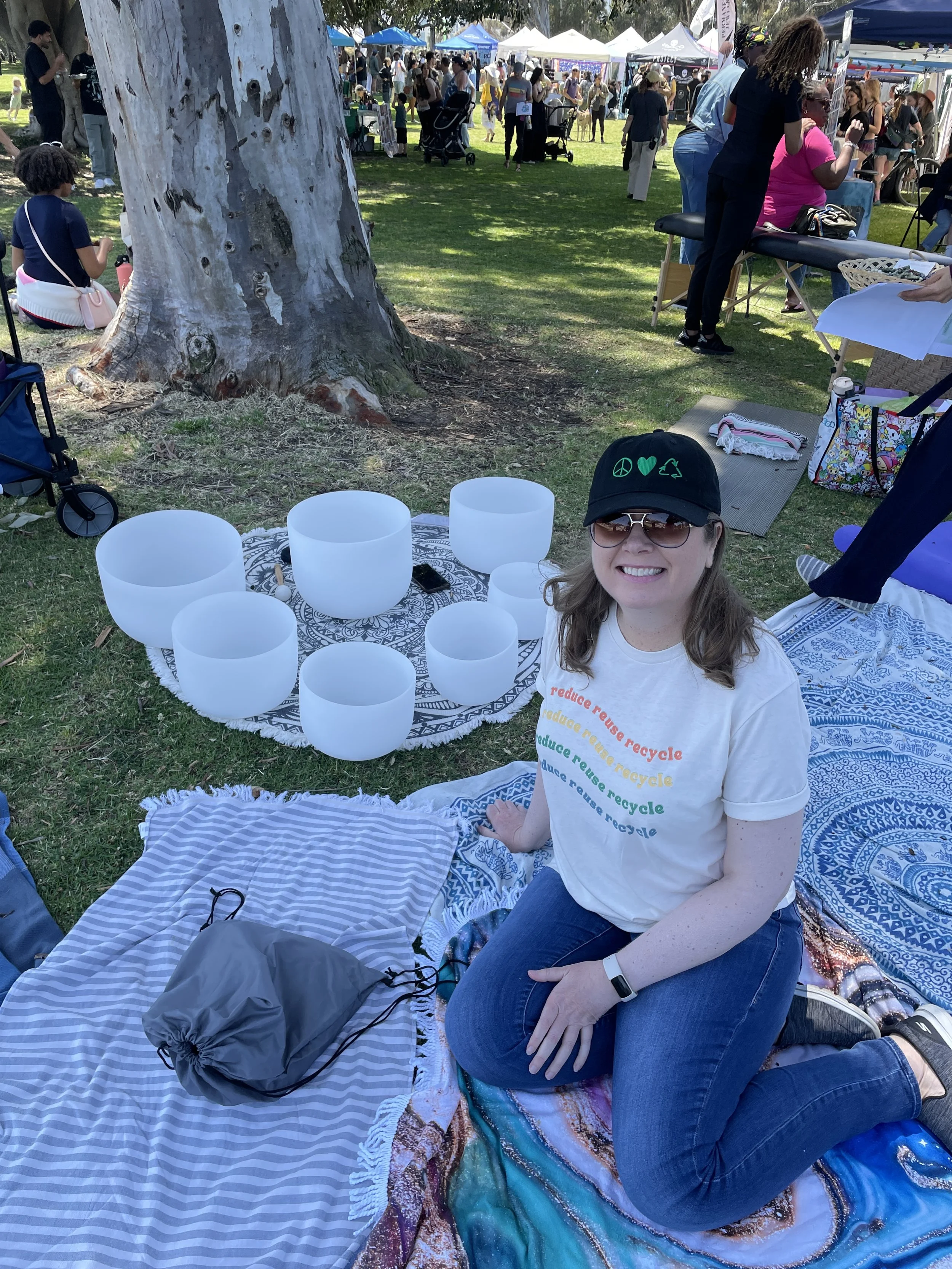Organic Cotton
Introduction
Cotton is one of the most commonly grown crops in the world, and its use dates back to around 4000 B.C. Growing conventional cotton is also one of the most chemical-intensive processes. These chemicals negatively impact the earth’s air, water, soil, and people's health in the cotton-growing area.
What is Cotton
The cotton plant is a shrub native to tropical and subtropical regions worldwide. Tropical areas because cotton requires a lot of water to be grown. It also needs lots of sun and a long period without frost.
The cotton seeds are separated from the plant, then the fibers are separated from the seed.
The cotton is spun into yarn, making it a soft, breathable, and durable material (textile). It is one of the most excellent clothing materials because it does not stick to your skin like some synthetic materials do. This also makes cotton a good choice for those with allergies or sensitive skin.
India is currently the world's largest producer of cotton.
Types of Cotton
There are four main types of cotton: Pima, Egyptian, Upland, and Organic.
Pima cotton’s fibers are extra soft and extra long. It is native to South America and the American Southwest.
Egyptian cotton is the same as Pima cotton, except it is grown in the Nile River Valley in Egypt.
Upland cotton has short fibers and is about 90% of the world’s cotton production.
Organic cotton is any type of cotton that is grown without chemicals and is not genetically engineered.
Organic Cotton
1.4% of all cotton grown is estimated to be organic (source: Textile Exchange). This amount is increasing each year.
To be organic, the raw cotton must be grown on a farm certified to its respective government-controlled organic standard. This includes farms that use no pesticides or chemical fertilizers.
Pros
Environmentally Friendly:
Organic cotton is grown without the use of synthetic pesticides and fertilizers, reducing harm to the environment and promoting sustainable farming practices.
Biodiversity Conservation: Organic farming practices support biodiversity by avoiding harmful chemicals that can negatively impact local ecosystems.
Less Chemical Runoff: Without synthetic chemicals, organic cotton farming reduces the risk of chemical runoff into nearby water sources, benefiting aquatic ecosystems. The local communities then have clean water and food supplies nearby.
Better for Humans:
Healthier for Farmers: Organic cotton farming eliminates farmers' exposure to harmful chemicals, promoting safer working conditions and better overall health.
Safer for Consumers: Products made from organic cotton are free from harmful residues, making them a safer choice for consumers, especially those with sensitivities.
Reduced Water Usage: Organic cotton cultivation often relies on rain-fed water systems, reducing the overall water footprint compared to conventional cotton, which frequently requires substantial irrigation.
Soil Health: Organic cotton farming methods prioritize soil health through crop rotation, cover cropping, and reduced soil disturbance, promoting long-term sustainability.
Non-GMO: Organic cotton is typically non-genetically modified (GMO), offering a natural and traditional approach to farming without genetic engineering.
Better Fiber Quality: Some proponents argue that organic cotton fibers may be higher quality and softer due to the absence of chemical treatments during cultivation.
Social Responsibility: Organic cotton production often aligns with fair trade practices, ensuring fair wages and better working conditions for farmers.
Cons
Lower Yields:
Organic cotton farming can yield lower quantities than conventional methods, potentially resulting in higher costs and prices for organic cotton products.
Risk of Pest Damage: Without synthetic pesticides, organic cotton is more susceptible to pest damage, leading to potential yield losses.
Lower yields mean more land is needed compared to yielding the same amount of non-organic conventional cotton. More land increases the area of water required to irrigate the crops.
Weed Management Challenges: Organic cotton cultivation relies on alternative weed management methods, which can be labor-intensive and may require additional resources.
Potential Fiber Variation: The absence of chemical treatments in organic cotton farming may lead to slight variations in fiber color and texture, which some consumers may find less predictable.
Conclusion
As always, if you want to impact people and the planet positively, we recommend buying less, choosing well, and making it last. If you are in the market for new clothes, look for organic cotton. Check out our shop for graphic tee shirts made with organic cotton.










